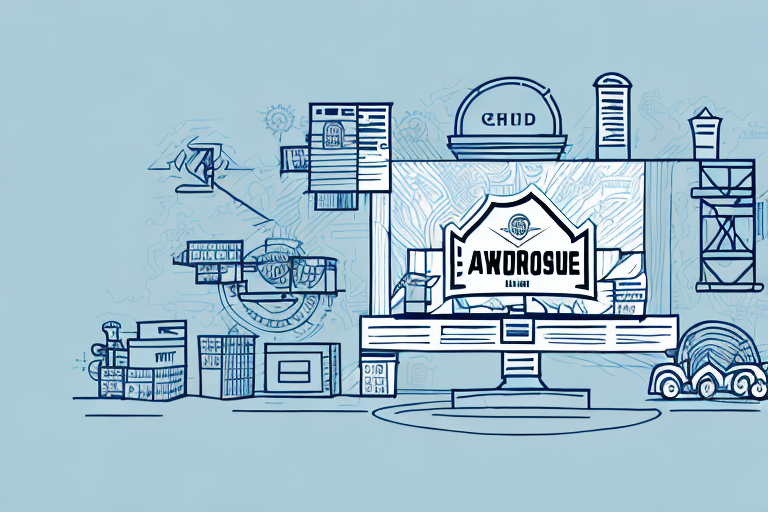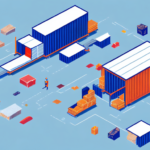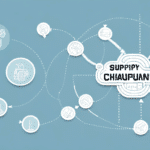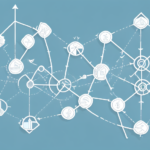What Is Reverse Logistics? An Overview
Reverse logistics refers to the process of managing and controlling the movement of goods or products from their final destination back to their point of origin or disposal. In other words, it involves the management of after-sale supply chain activities such as returns, repair, recycling, and disposal of products. The concept of reverse logistics has gained significant importance in recent years as companies strive to manage their environmental impact and enhance overall sustainability efforts.
The Importance of Reverse Logistics in Modern Business
Environmental Sustainability
As environmental concerns escalate globally, reverse logistics plays a crucial role in helping businesses reduce waste and minimize their carbon footprint. By implementing effective reverse logistics processes, companies can recycle and refurbish products, contributing to a circular economy and promoting sustainability.
Cost Efficiency
Efficient reverse logistics can lead to substantial cost savings. According to a McKinsey report, optimizing reverse logistics can reduce operational costs by up to 30%. This is achieved through better inventory management, reduced transportation costs, and minimizing losses from returned goods.
Enhanced Customer Satisfaction
With the rise of e-commerce, managing product returns efficiently has become critical for maintaining customer satisfaction. A streamlined reverse logistics process ensures quick and hassle-free returns, thereby boosting customer loyalty and trust.
Key Components of Reverse Logistics
Product Returns
Handling product returns is a fundamental aspect of reverse logistics. This involves accepting returned products from customers, inspecting them for defects, and determining the appropriate next steps, whether it be refurbishment, recycling, or disposal.
Transportation Management
Managing the logistics of transporting returned products from the customer back to the manufacturer or a designated facility is essential. Efficient transportation management ensures timely and cost-effective handling of returns.
Disposition Management
Disposition management involves deciding the fate of returned products. Options include repairing and refurbishing items for resale, recycling materials, or disposing of products in an environmentally responsible manner.
Aftermarket Services
Providing support and repair services after the initial sale enhances the value chain and supports sustainability. These services can include warranty repairs, spare parts supply, and product upgrades.
Benefits of Reverse Logistics for Your Business
Cost Reduction
Implementing an effective reverse logistics strategy can significantly reduce costs associated with returns processing, inventory management, and waste disposal. Companies can recover value from returned products through resale or recycling, thereby offsetting initial costs.
Improved Inventory Management
Reverse logistics contributes to better inventory control by tracking returned items accurately. This helps in optimizing stock levels, reducing overstocking or stockouts, and improving overall supply chain efficiency.
Enhanced Sustainability Goals
By recycling and refurbishing products, businesses can achieve their sustainability objectives. This not only benefits the environment but also enhances the company’s reputation among socially conscious consumers.
Increased Revenue Opportunities
Recovered and refurbished products can be resold, creating additional revenue streams. Additionally, efficiently managed returns can lead to higher customer retention and repeat business.
Implementing a Successful Reverse Logistics Strategy
Develop a Comprehensive Returns Policy
A clear and customer-friendly returns policy sets the foundation for an effective reverse logistics process. It should outline the conditions for returns, time frames, and the steps involved in returning a product.
Invest in Technology Solutions
Leveraging technology such as RFID and IoT can automate and streamline reverse logistics operations, enhancing accuracy and efficiency.
Maximize Asset Recovery
Implement strategies to recover maximum value from returned products. This can include refurbishing products for resale, recycling materials, or finding alternative uses for returned items.
Partner with Reliable Logistics Providers
Collaborate with logistics partners that specialize in reverse logistics to ensure seamless handling of returns and efficient transportation management.
Monitor Key Performance Metrics
Regularly track and analyze key performance indicators (KPIs) such as return rates, processing times, and recovery rates to identify areas for improvement and optimize the reverse logistics process.
Challenges and Solutions in Reverse Logistics Management
High Volume of Returns
Managing a large number of returns can overwhelm logistics systems. Implementing automated return processing systems and efficient inventory management can help handle high return volumes effectively.
Varying Customer Expectations
Different customers have different return expectations. Providing flexible return options and clear communication can enhance customer satisfaction and streamline the return process.
Quality Control Issues
Returned products may vary in condition, making quality control challenging. Establishing rigorous inspection processes and collaborating with suppliers to improve product quality can mitigate these issues.
Cost Management
Reverse logistics can be costly due to transportation, processing, and disposal expenses. Exploring cost-effective solutions such as partnering with third-party logistics providers or implementing a fee-for-return policy can help manage costs.
The Role of Technology in Enhancing Reverse Logistics
Automation and AI
Automation and artificial intelligence can streamline reverse logistics processes by predicting return patterns, optimizing inventory levels, and automating inspection and sorting of returned products.
Data Analytics
Utilizing data analytics provides valuable insights into return trends, customer behavior, and product performance. This information can inform strategic decisions to reduce return rates and improve overall logistics efficiency.
Blockchain Technology
Blockchain can enhance transparency and traceability in reverse logistics by securely tracking the movement and status of returned products, thereby reducing the risk of fraud and improving data accuracy.
Internet of Things (IoT)
IoT devices can monitor the condition of returned products in real-time, ensuring that items are handled appropriately and reducing the likelihood of damage during transportation and processing.
Conclusion: Embracing Reverse Logistics for Sustainable Success
Reverse logistics is a vital component of modern business operations, offering numerous benefits including cost savings, enhanced sustainability, and improved customer satisfaction. By understanding its key components, implementing effective strategies, and leveraging advanced technologies, businesses can optimize their reverse logistics processes. Embracing reverse logistics not only contributes to environmental sustainability but also drives profitability and competitive advantage in today’s dynamic market landscape.




















